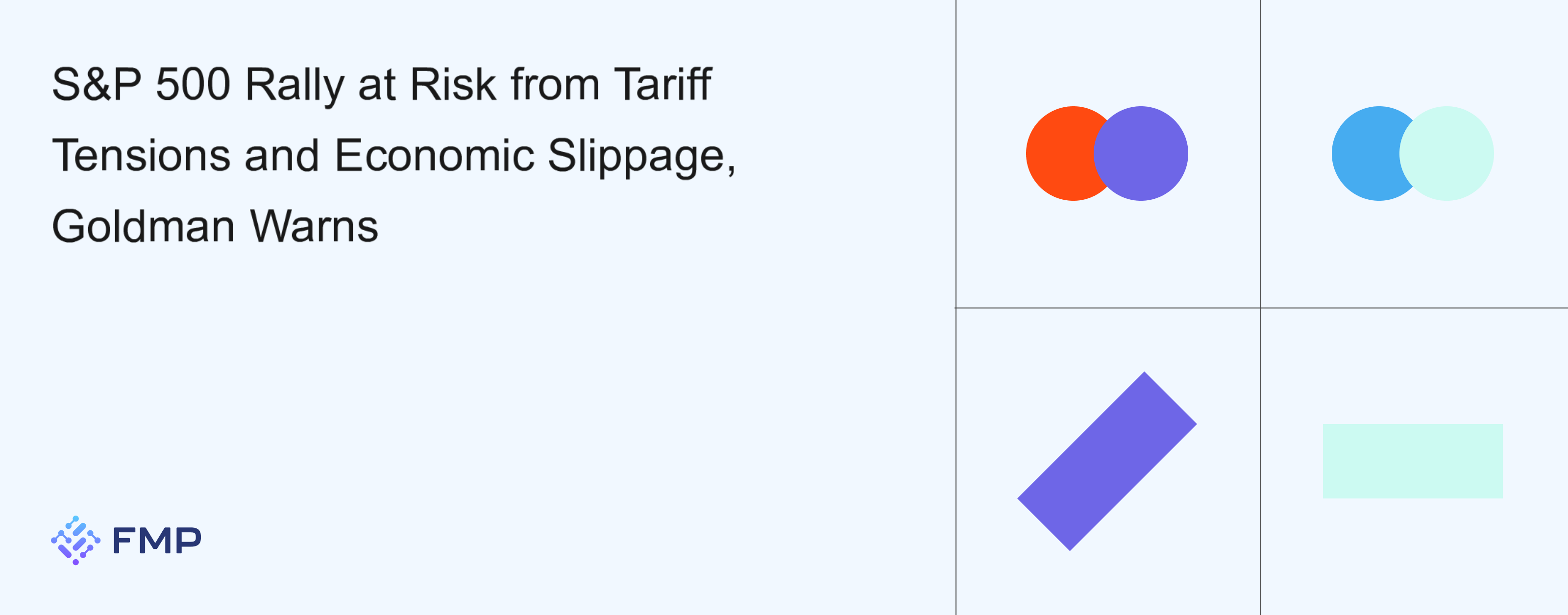
A recent surge in U.S. equities may prove short-lived, according to Goldman Sachs, which cautions that the S&P 500 remains exposed to renewed trade conflicts and signs of weakening fundamentals.
Tariff Reprieve Didn’t Eliminate Downside
“Liberation Day” Shock: President Trump’s initial tariff threats on allies and China roiled markets, shifting focus from tech momentum to trade risk.
90-Day Pause Rally: The subsequent 90-day reprieve on April 9 sparked one of the strongest single-day rebounds ever for the Nasdaq and S&P 500—but Goldman questions its durability.
“Sharp rallies within bear markets are the norm, not the exception,” Goldman notes.
Limited Upside, Meaningful Downside
Even if tariffs remain suspended, current valuations leave little room for further gains. Goldman models a 10% EPS drop in a mild recession, and warns that a contraction in forward multiples to 18× P/E would translate to roughly a 20% decline in index levels.
To monitor evolving valuation metrics—like forward P/E ratios and earnings revisions—investors can tap the Ratios TTM Statement Analysis API, which delivers real-time snapshot of key multiples and profitability trends.
Structural Headwinds
Concentration Risk: Leadership remains narrowly held by mega-cap tech stocks, heightening volatility if sector sentiment sours.
Overvalued Dollar: A strong greenback dampens overseas earnings for U.S. multinationals.
Higher Cost of Capital: In a less globalized world with elevated rates, U.S. firms may lose their competitive edge.
What to Watch
Tariff Announcements: Any reversal of the 90-day pause or new levies could trigger immediate market stress.
Economic Data: Hard data—ISM PMIs, payrolls, GDP readings—will confirm whether soft indicators herald broader slowdown.
Earnings Revisions: Track consensus EPS cuts; widening downward revisions often precede market drawdowns.
By combining real-time valuation feeds with macro event calendars, investors can gauge whether this rally has staying power—or if it’s merely a bear-market bounce.

